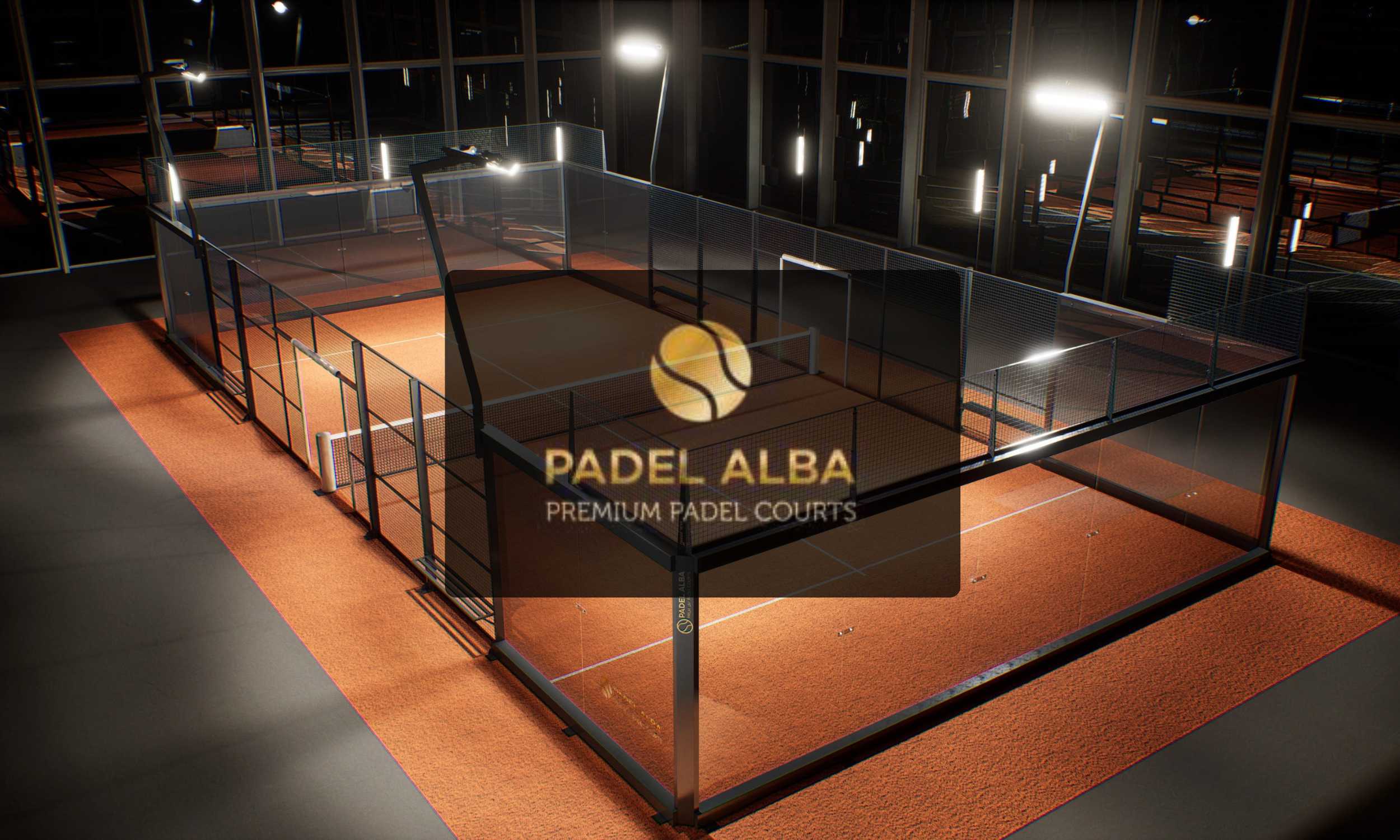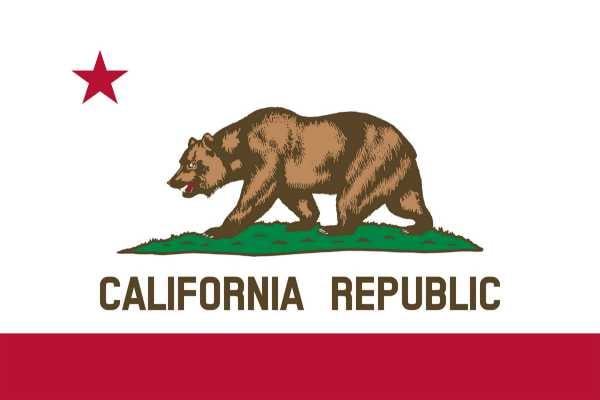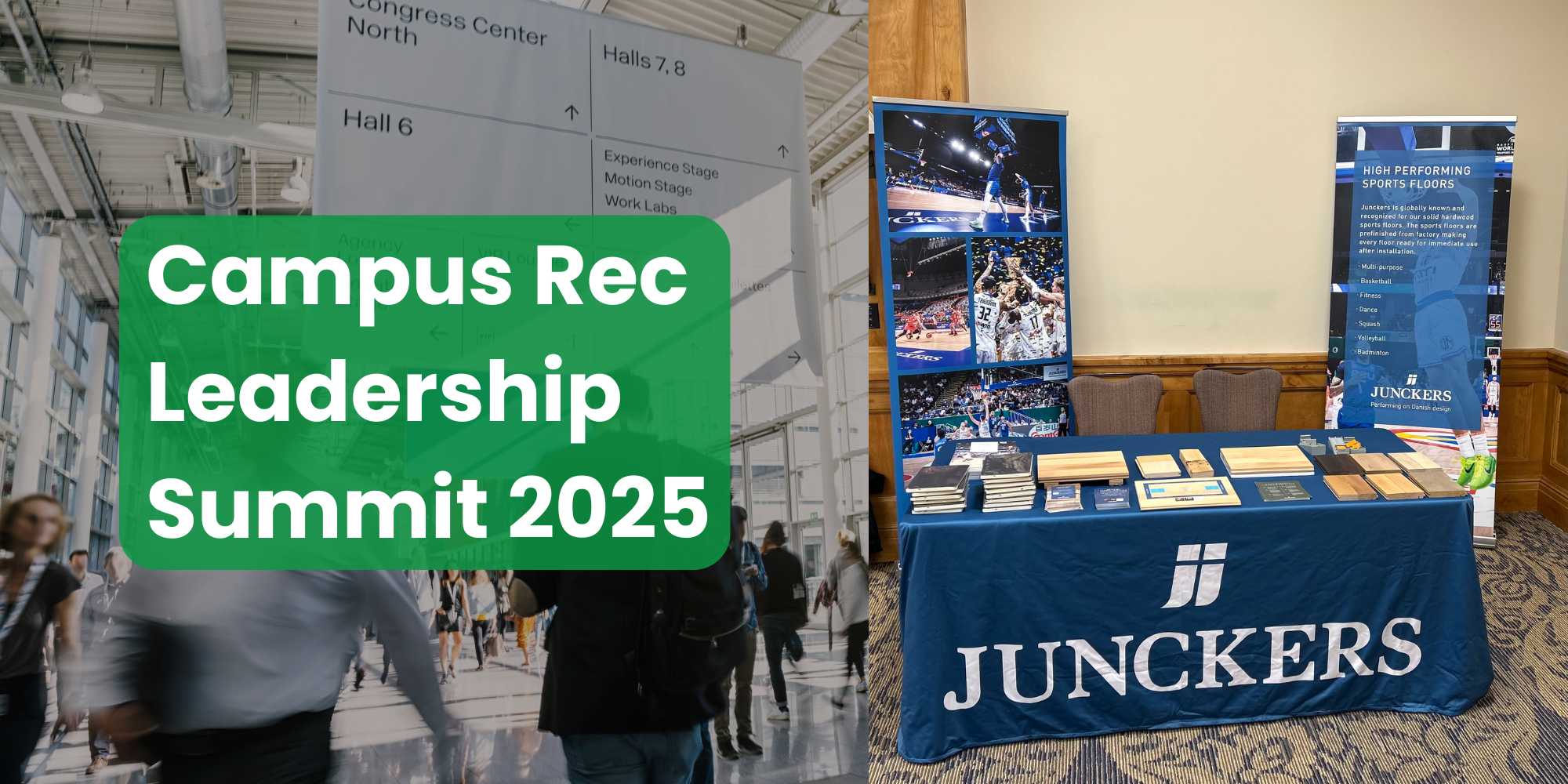
Padel Alba Unveils Refreshed Brand Identity and New Website
At the Padel World Summit in Barcelona this May, Padel Alba introduced its newly updated visual identity.
When it comes to sports and recreation, California leads the way with thousands of school gyms, college facilities, and municipal recreation centers across the state.
Whether you’re renovating an aging high school basketball court in Sacramento or building a new multi-use facility in Los Angeles, finding the right gym flooring company is critical to the success and longevity of your project.
This guide walks you through costs, funding options, contractor selection, permitting, and sport-specific design so you can move forward with confidence.

Looking for a gym floor upgrade? Connect with California-based installers for hardwood, vinyl, rubber, and multi-sport surfaces built for schools, rec centers, and athletic facilities across the state.
These California gym flooring companies stand out for their expertise in meeting state-specific regulations and delivering premium flooring systems designed for gyms, training studios, school athletic centers, and high-performance sports facilities. Their advanced gym flooring solutions offer reliable traction, superior impact resistance, and long-term durability suited for the diverse fitness environments found across the state.
Explore our handpicked selection of top gym flooring providers in California to find the ideal partner for your renovation or new facility project. Reach out for a free quote and consultation to see why gyms and athletic programs throughout California rely on these companies for professional-grade flooring installations.
For wider comparison, browse our nationwide directory of gym flooring companies serving locations across the United States.
Based on current market data and our internal database of thousands of sports facility projects across the U.S., the cost to install a full-size gymnasium flooring system in California typically ranges from $45,000 to $198,000. This range reflects differences in material types, installation complexity, and subfloor conditions across the state’s varied regions.
Refinishing vs. Replacement Costs
For schools and recreation centers across California, refinishing or resurfacing an existing wood floor is often the most budget-friendly option — especially when the subfloor is still in good condition. Refinishing can restore traction, remove wear, and extend the life of the system without a full replacement.
Replacement projects are significantly more expensive and usually necessary when floors show signs of age, warping, or water damage. In coastal or humid zones, moisture mitigation steps may also increase costs.
Additional Cost Factors
Want to get a sense of pricing for your specific facility?
California facility owners may be able to leverage funding from multiple sources:
See our Sports Facility Grants Database for active funding opportunities in the state of California.
Not all gym flooring companies are equal. When evaluating California-based contractors, look for the following:
Many of the top athletic gym floor installation companies service areas and cities like Los Angeles, San Diego, San Francisco, and San Jose.
Gym floors serve more than just basketball. In California, you may also need flooring that supports:
Work with a company that tailors materials and finishes based on your facility’s specific usage profile.
Gymnasium construction or renovation projects in California often require:
Permitting is handled at the local level. Consult with your project manager and installation company for details on the requirements.
California’s climate varies dramatically across the state, and flooring systems must be selected accordingly:
Seismic Zones
Throughout California, systems should be designed with flexible anchoring and subfloor isolation to improve resilience during earthquakes.
A comprehensive gym flooring quote should do more than list a price — it should clearly outline what you’re getting, how long it will take, and what guarantees are in place. Here’s what a quality proposal should include:
System Specifications
Moisture Mitigation Plan
Game Line and Graphic Layout
Timeline and Phasing
Warranty and Lifecycle Support
Maintenance Recommendations
Also Verify These Critical Factors
Installer Qualifications
Institutional Experience
Seismic Anchoring (if applicable)
California is home to some of the nation’s most iconic indoor athletic spaces, from high schools to universities. Here are a few that showcase premium flooring systems:
Known nationally for its elite basketball program, Mater Dei’s gymnasium features a professional-grade maple floor that supports televised tournaments and year-round athletic use. The floor includes multiple layers of finish and branding that reflect the school’s championship legacy.
Recently renovated with a high-performance maple flooring system, Oakland Tech’s gym supports basketball, volleyball, and physical education with excellent traction and durability. The flooring was selected for its community-use durability and long lifecycle.
As the iconic home court for UCLA basketball, Pauley Pavilion boasts a top-tier hardwood surface with a shock-absorbing subfloor and competition-ready finish. The court supports televised events and also doubles as a student activity hub.
Featuring a floating hardwood system with high shock absorption and lateral forgiveness, Haas Pavilion’s gym floor is engineered for elite-level play, hosting everything from NCAA basketball to campus-wide fitness programming.
Home to the Golden State Warriors, Chase Center features a competition-grade maple court installed with a cushioned subfloor system for optimal shock absorption and performance. The flooring is engineered for NBA-level gameplay and televised events, with custom finishes and branding throughout.
This multi-use venue hosts both the Los Angeles Lakers and Clippers. The court system includes a modular hardwood surface designed for rapid event turnover while meeting NBA standards for traction, consistency, and player safety. The flooring is frequently updated to reflect seasonal branding and league sponsor integration.
As the home of the Sacramento Kings, Golden 1 Center’s hardwood floor includes sustainably sourced materials and advanced ventilation below the surface to help regulate temperature and moisture. The arena also hosts concerts and community sports clinics, requiring a resilient finish that balances elite play with high traffic demands.
A versatile indoor arena used for professional basketball, indoor soccer, and regional sporting events, Toyota Arena’s playing surface is built for flexibility. The facility uses interchangeable modular flooring systems, allowing for both hardwood installations and synthetic surfaces depending on the sport.

At the Padel World Summit in Barcelona this May, Padel Alba introduced its newly updated visual identity.

Junckers is participating in the 2025 Campus Rec Leadership Summit, held June 3–5 in Park City, Utah. The exclusive, invite-only event gathers top leaders in

In a forward-thinking collaboration, VersaCourt has partnered with #tide®, a Swiss company dedicated to repurposing ocean-bound plastic, to introduce an innovative line of eco-friendly athletic courts.
Find and take control of any Listings you have on our platform. No Listing to Claim? Click here to add one.